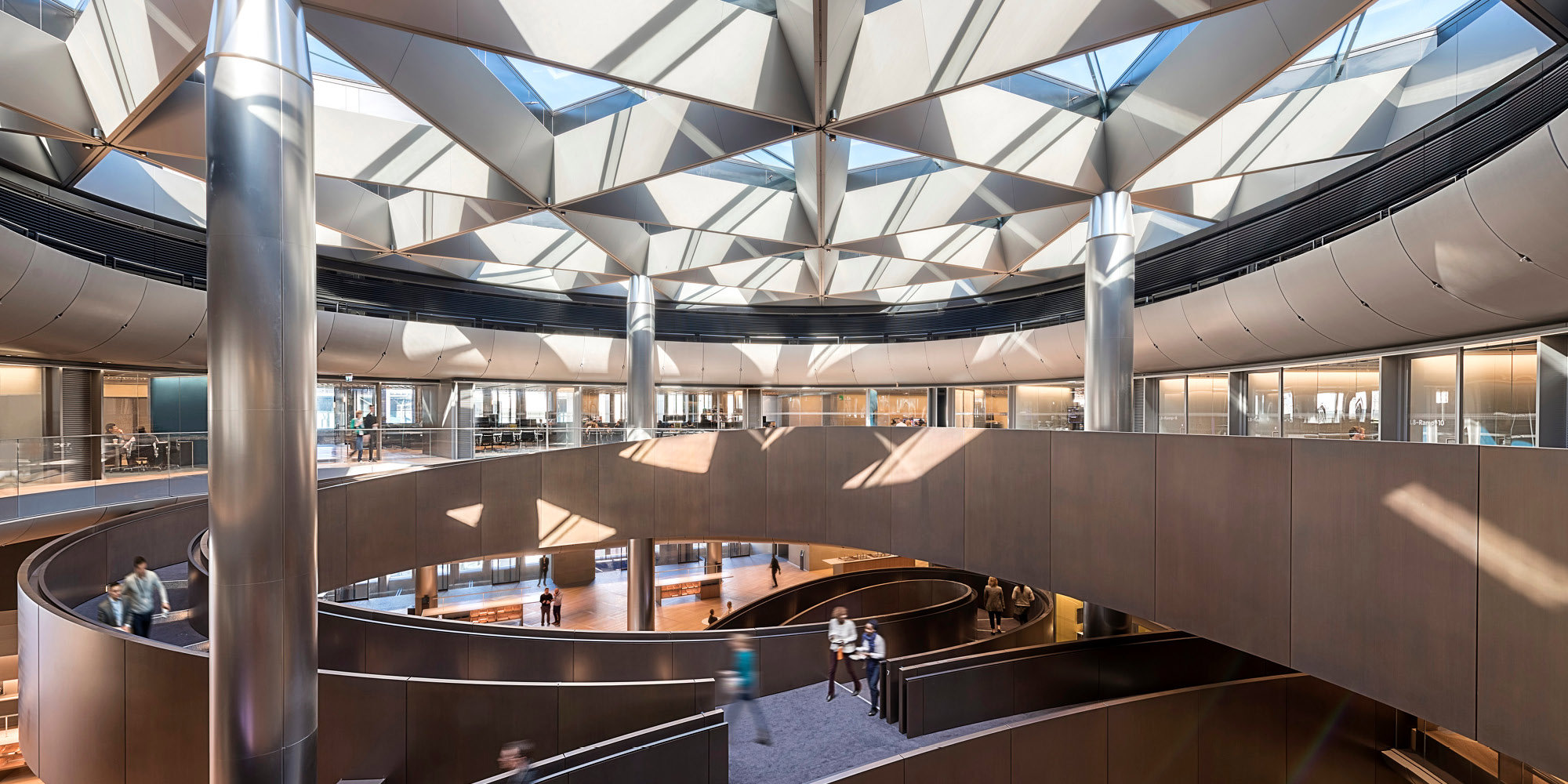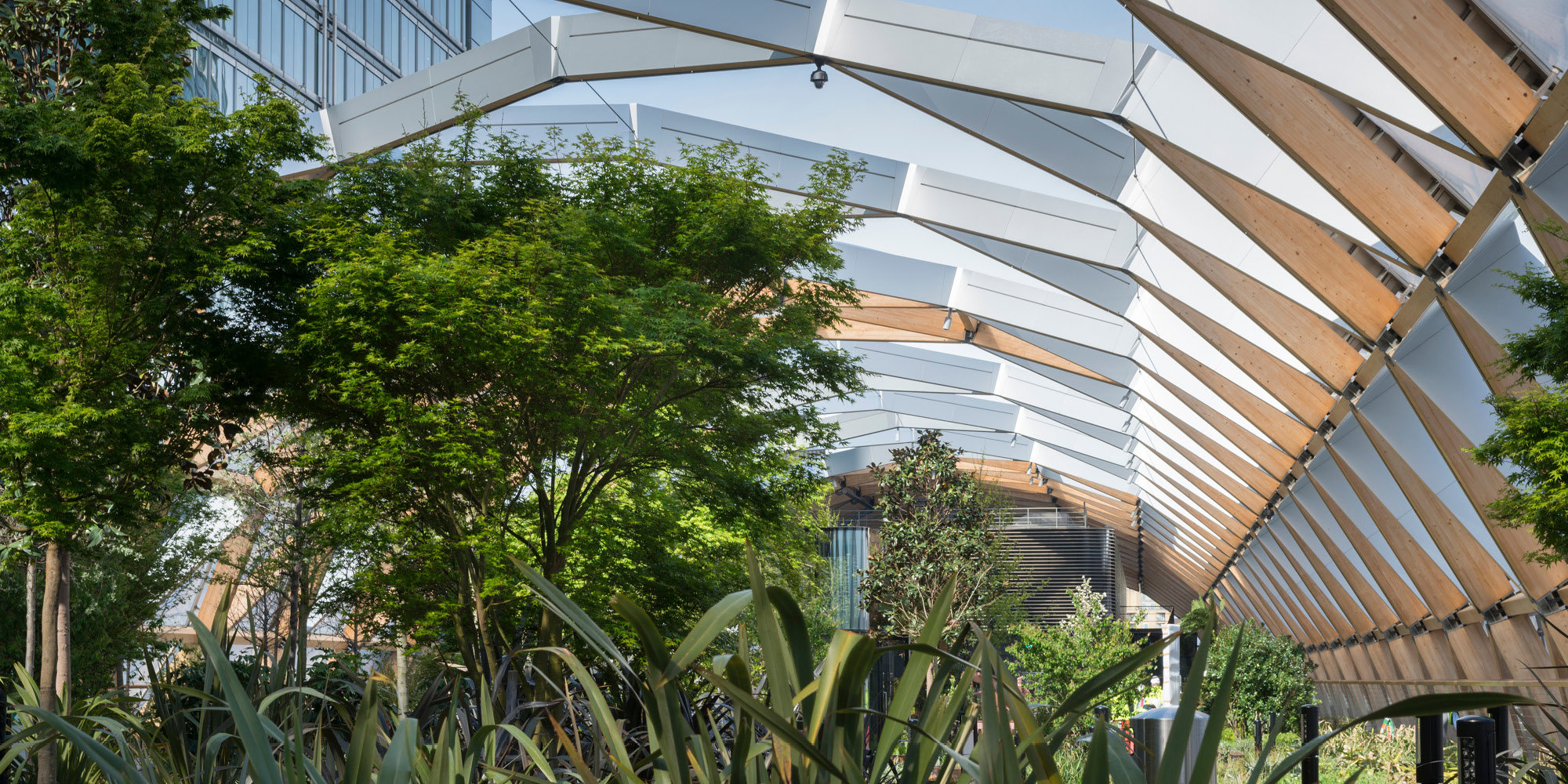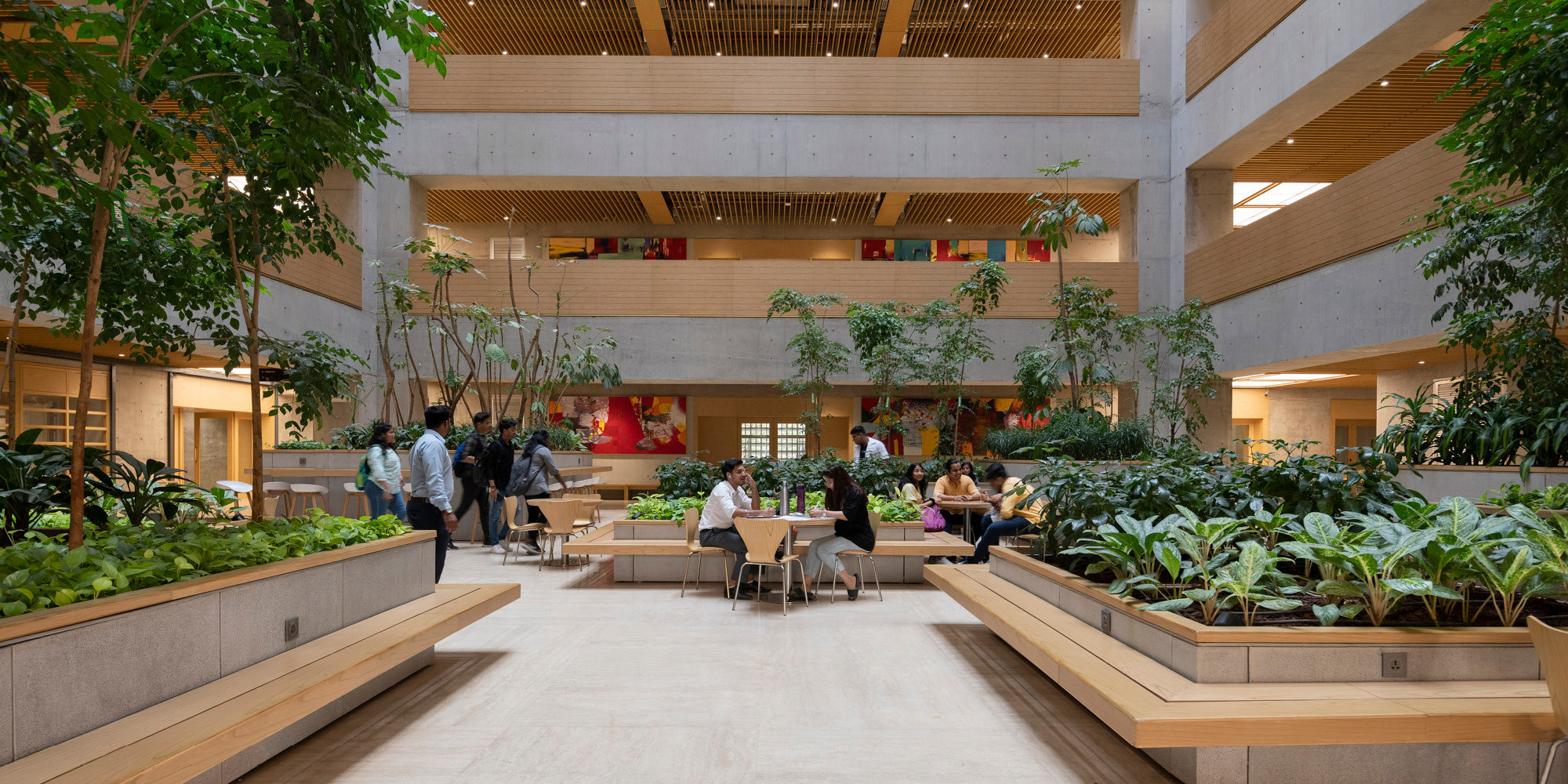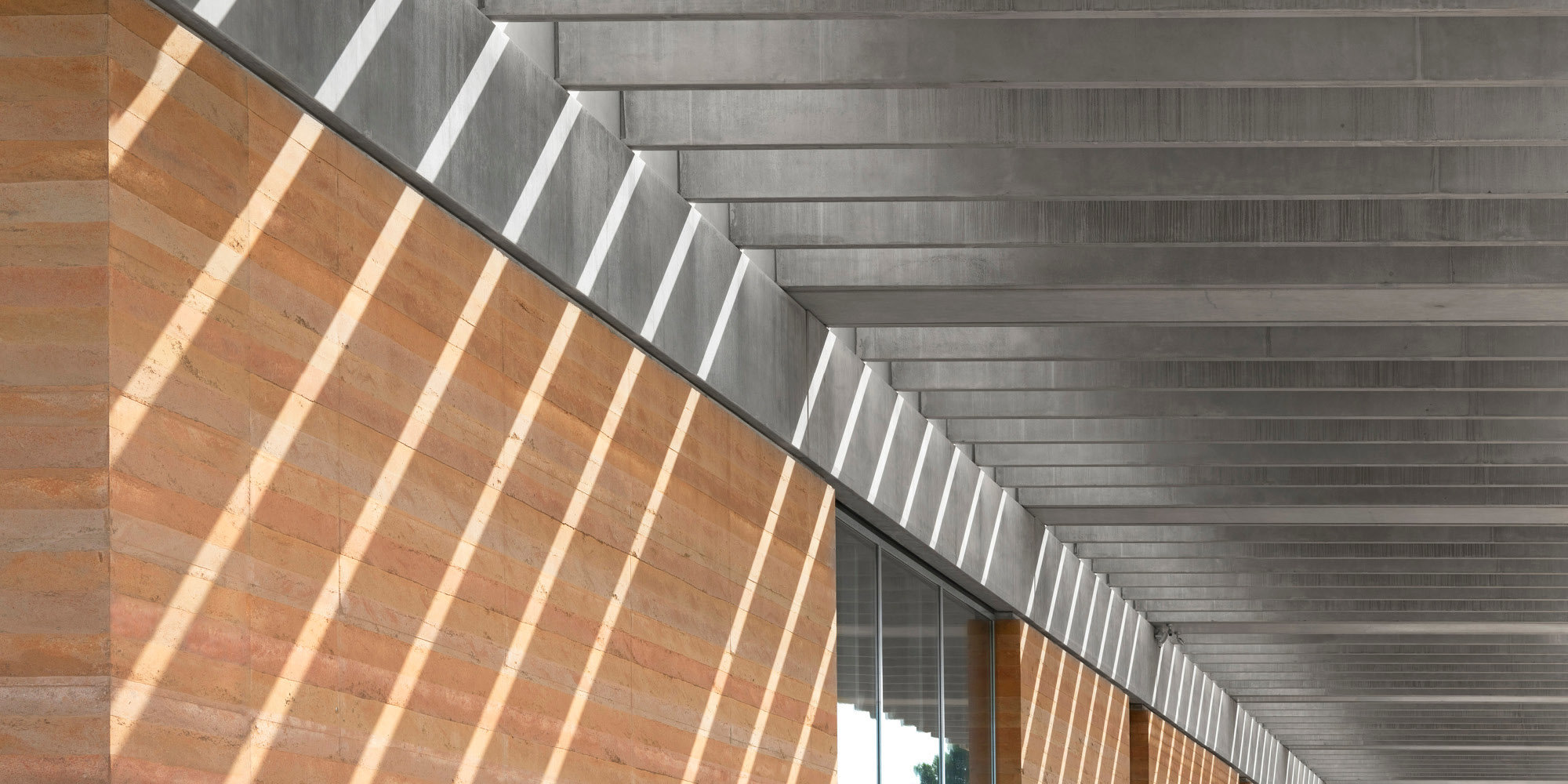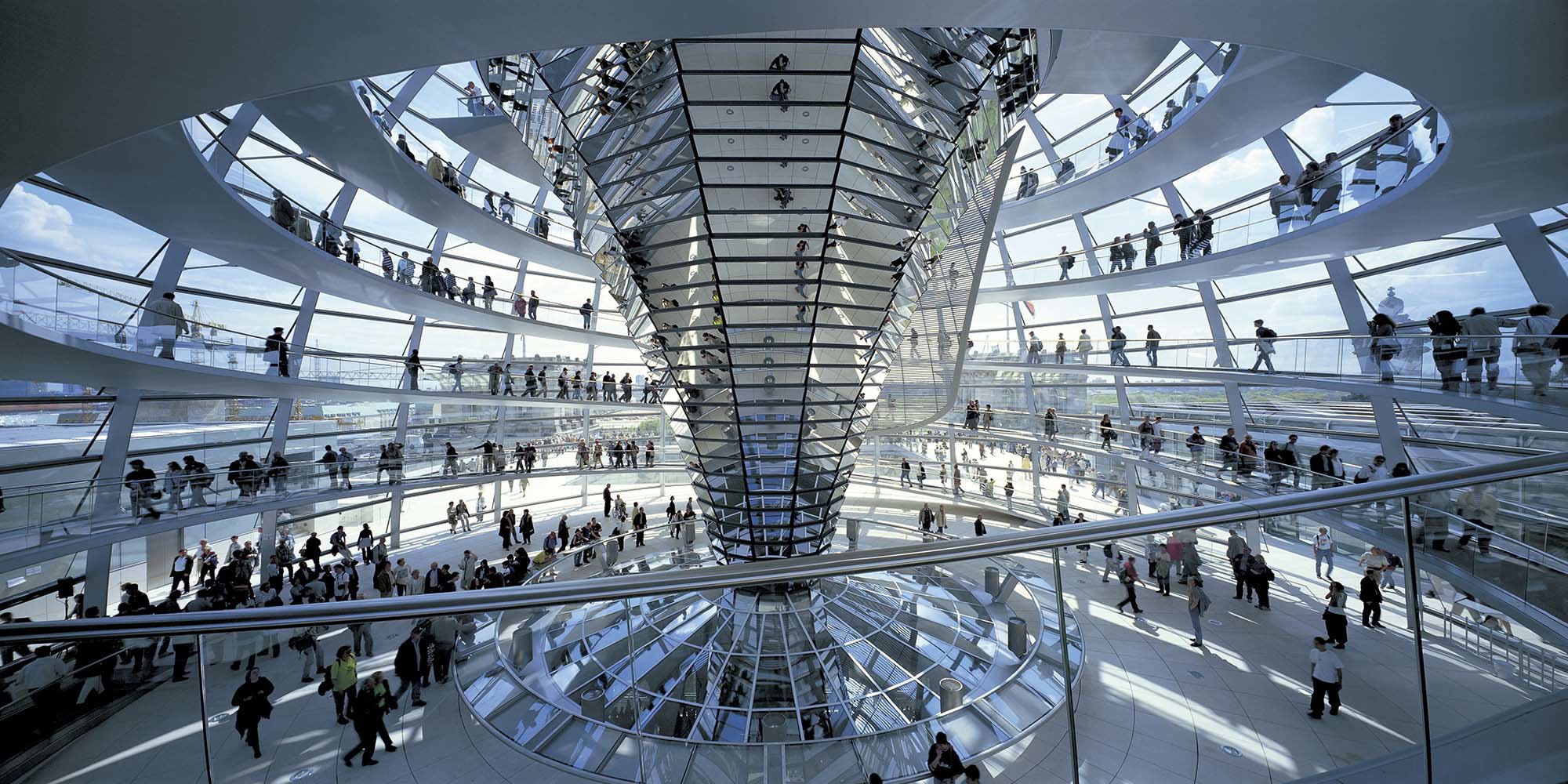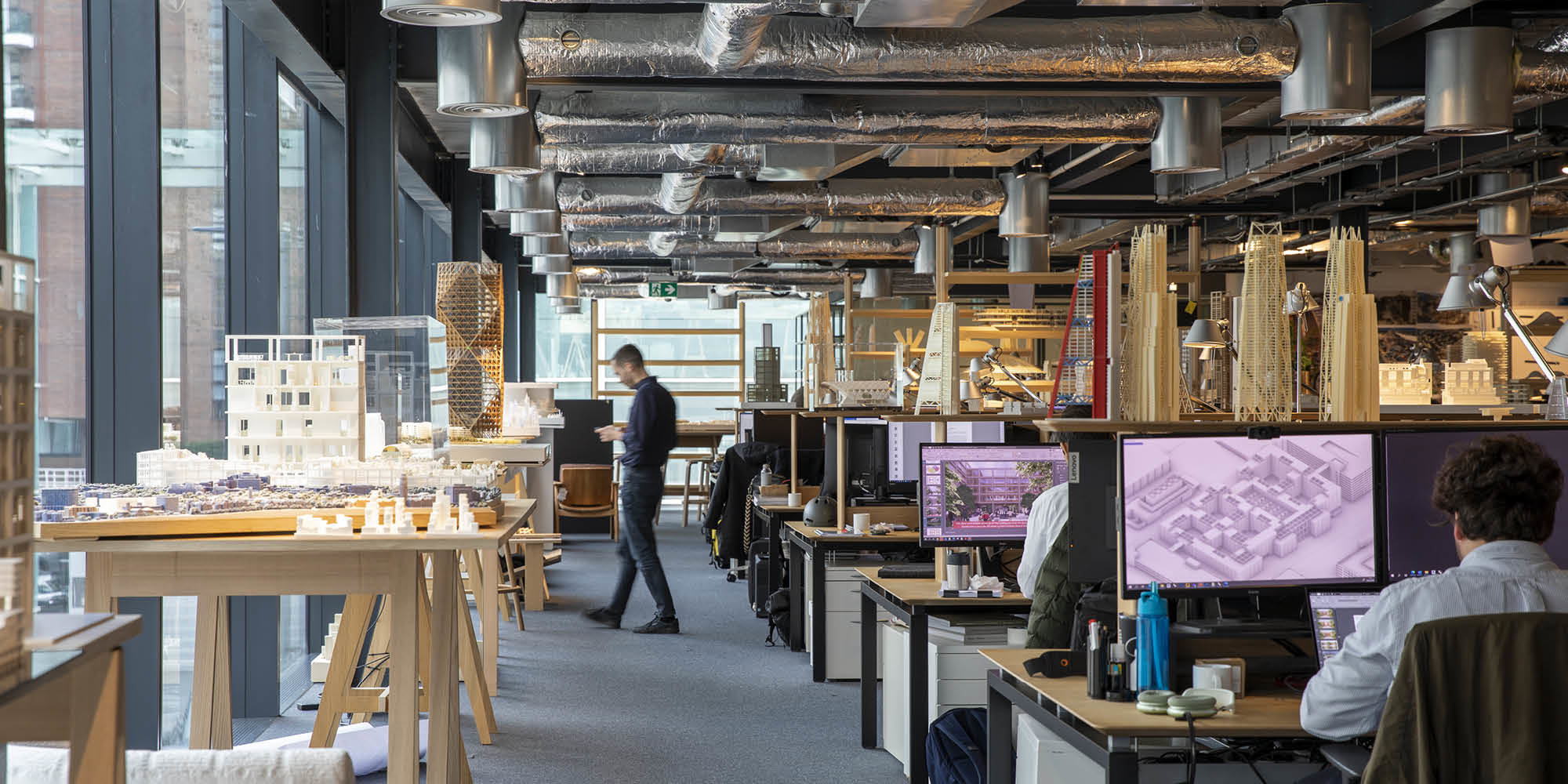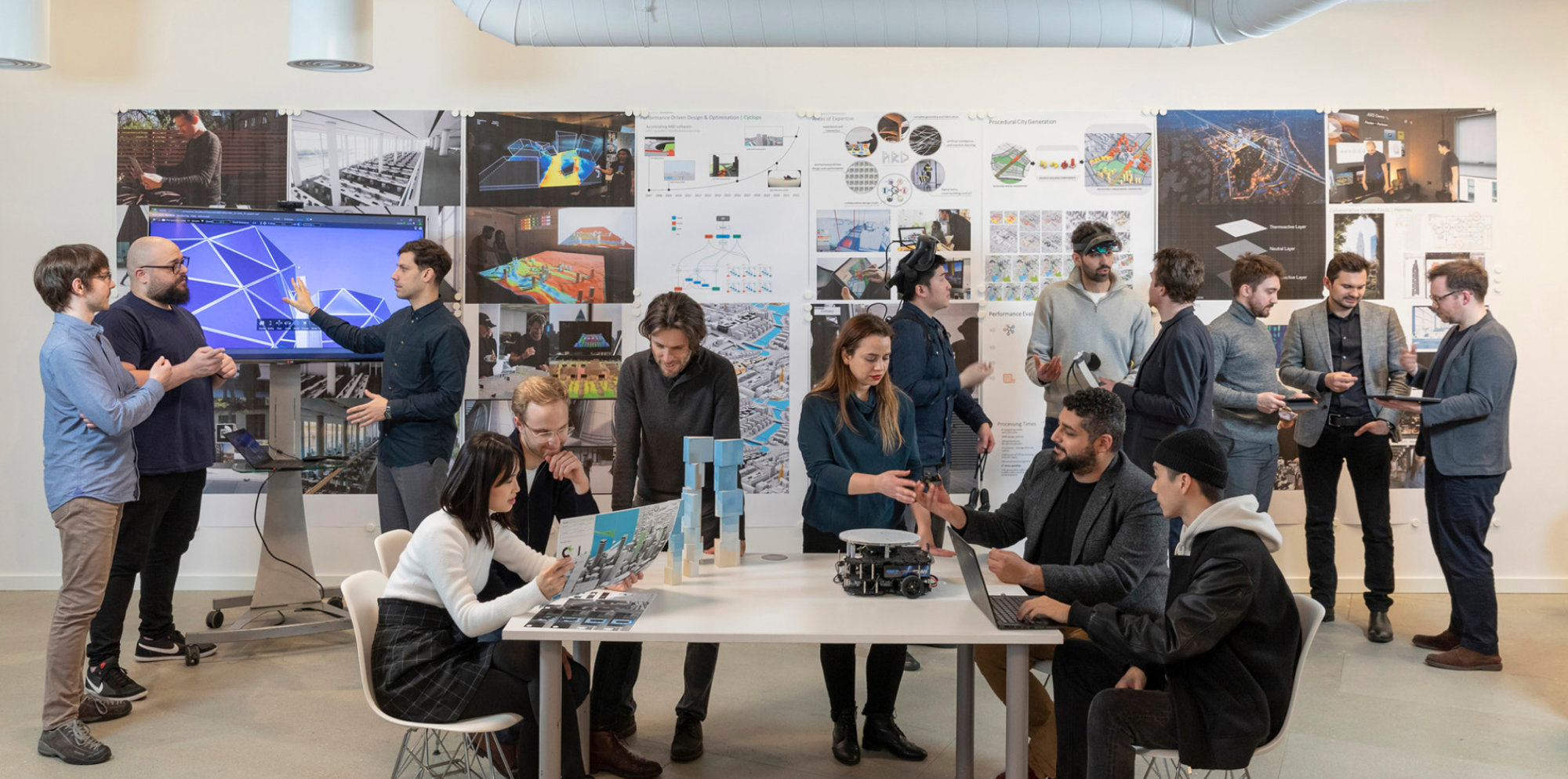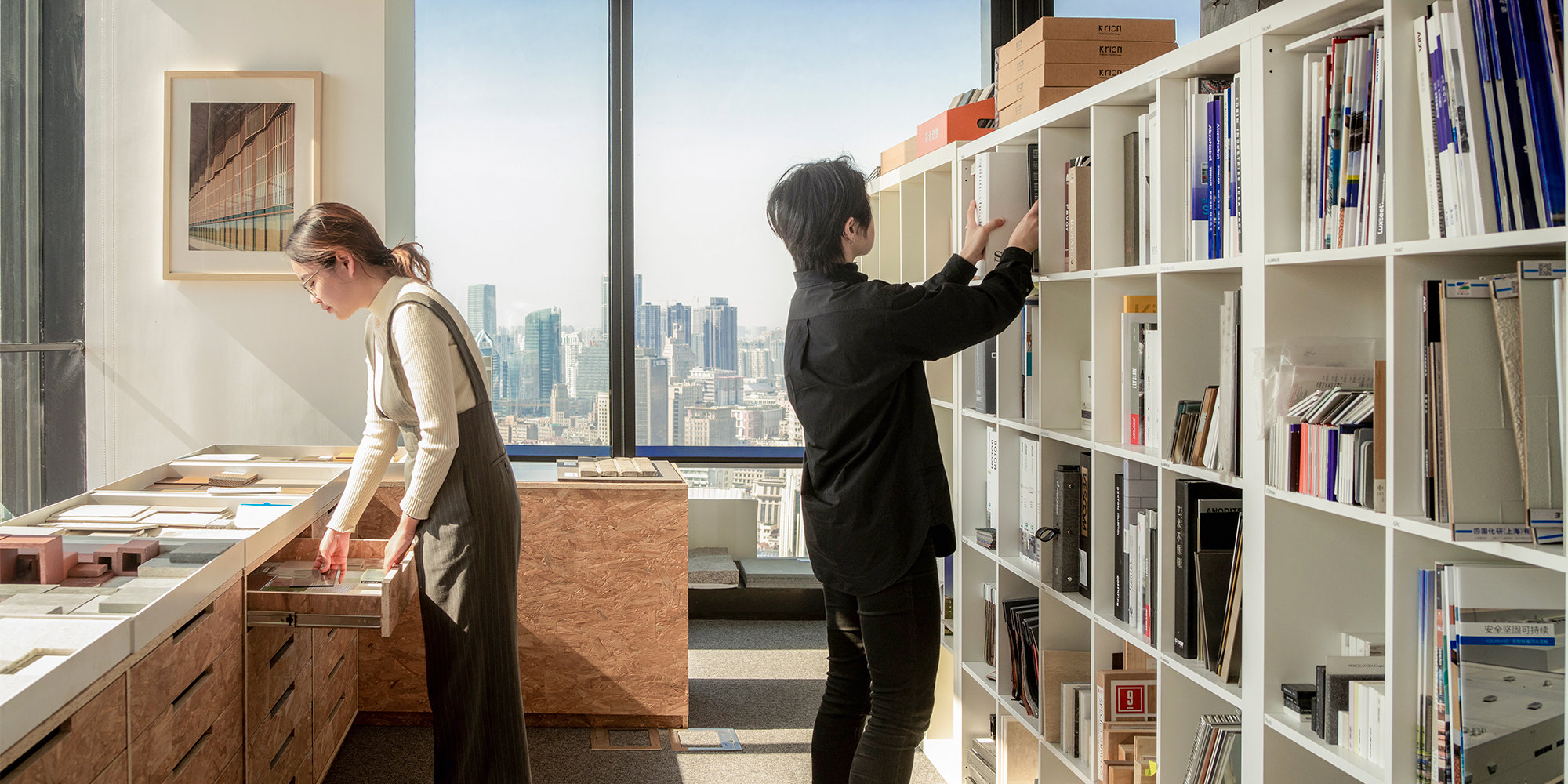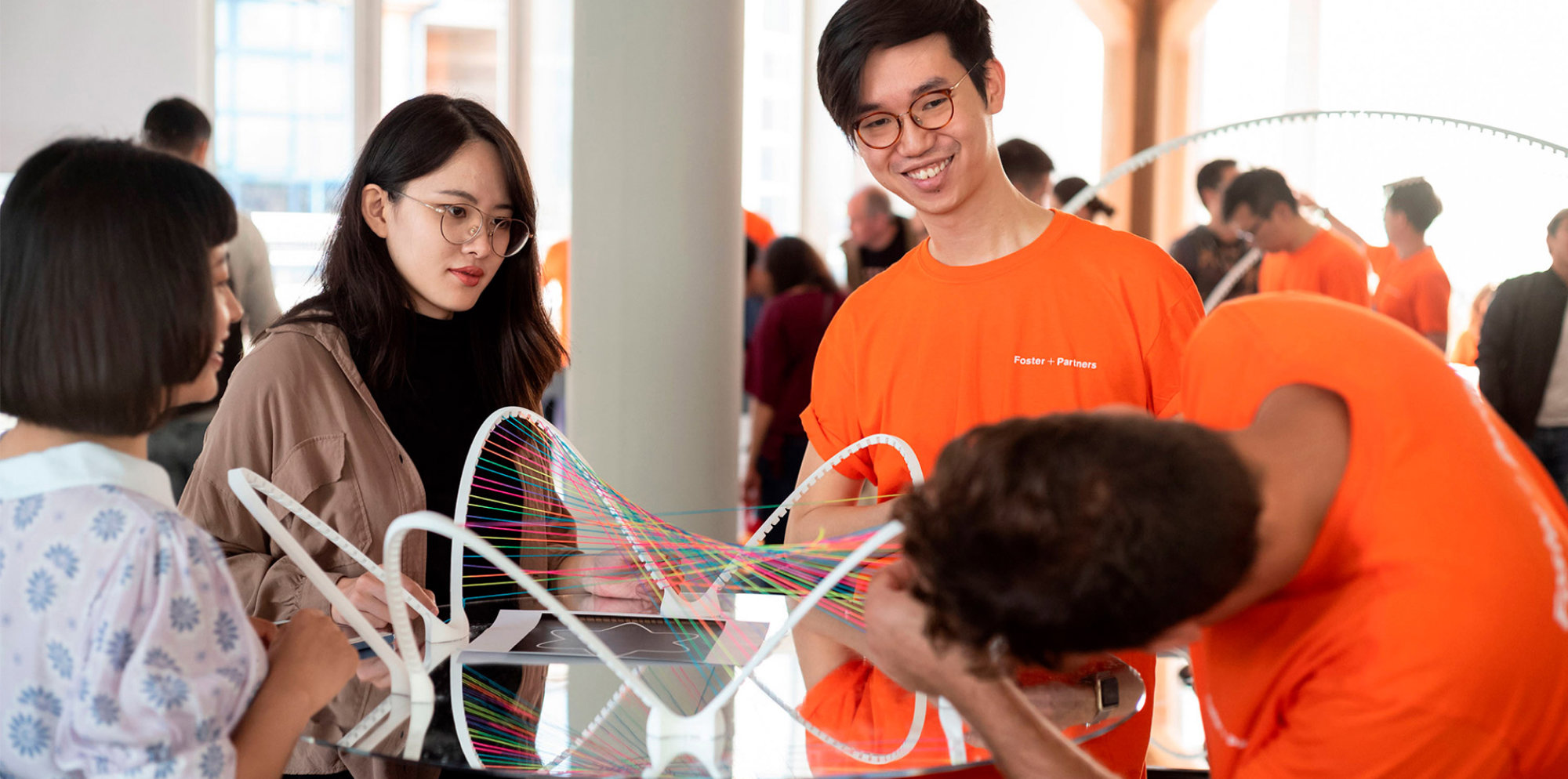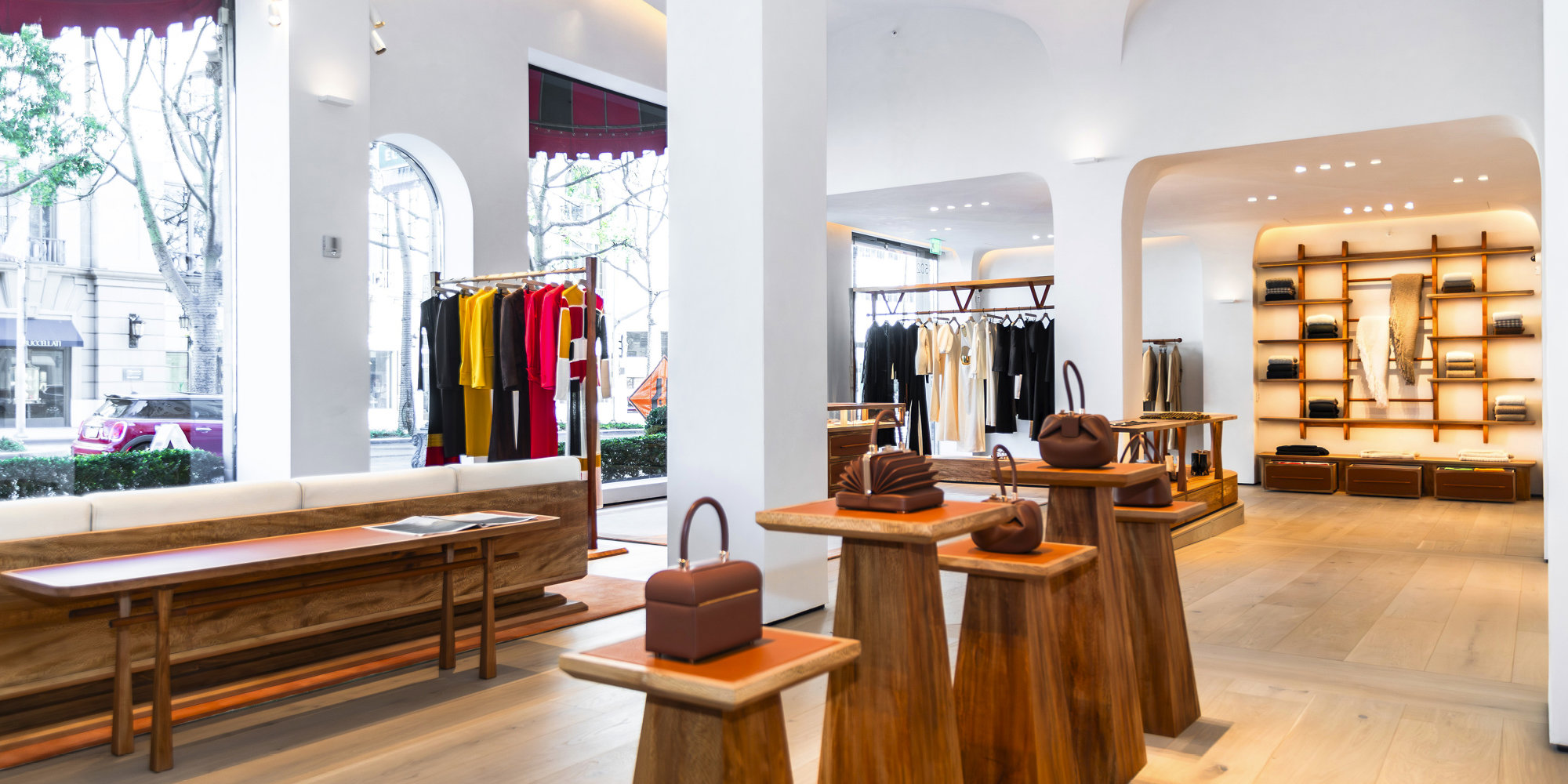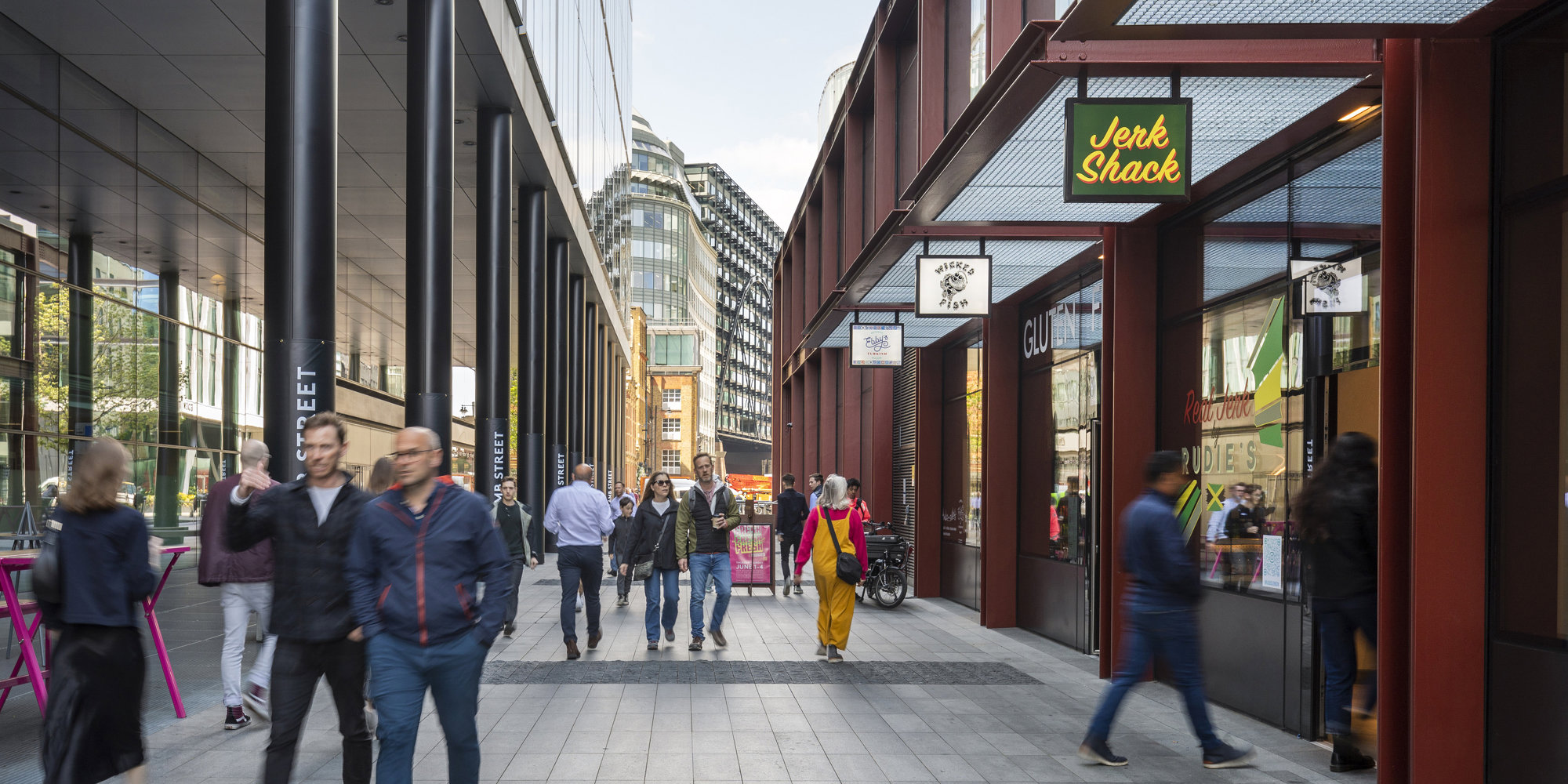Every month, three different voices from the practice share their ideas about the future of the built environment. Covering a range of typologies – from healthcare to airports and the workplace – we are building a picture of tomorrow.
This month, Luis Fuentes Arambula, Nicola Scaranaro, and David Kong look ahead to the future of retail design, which aligns with brands’ values, seamlessly blends social and cultural elements, and engages the senses through different experiences.
